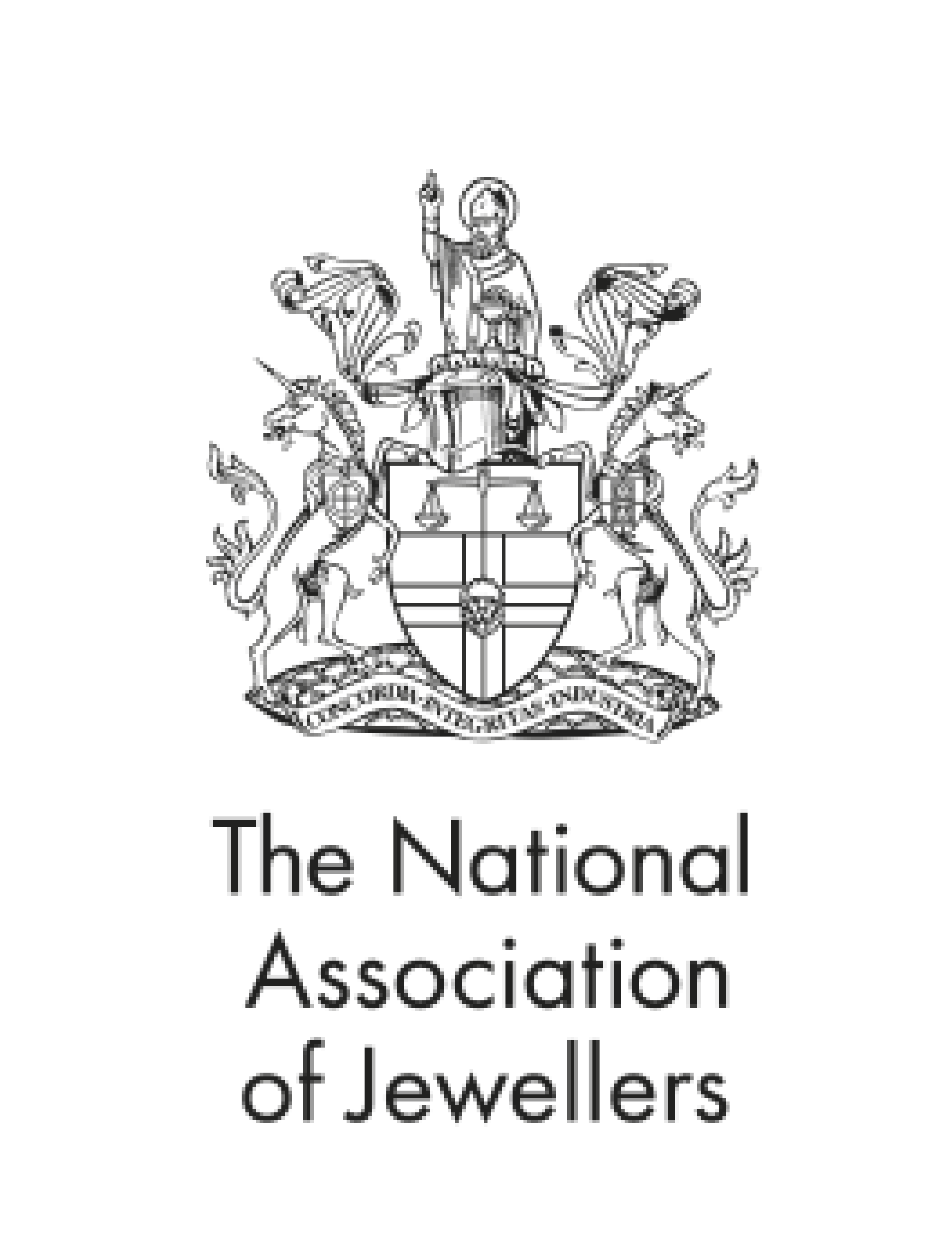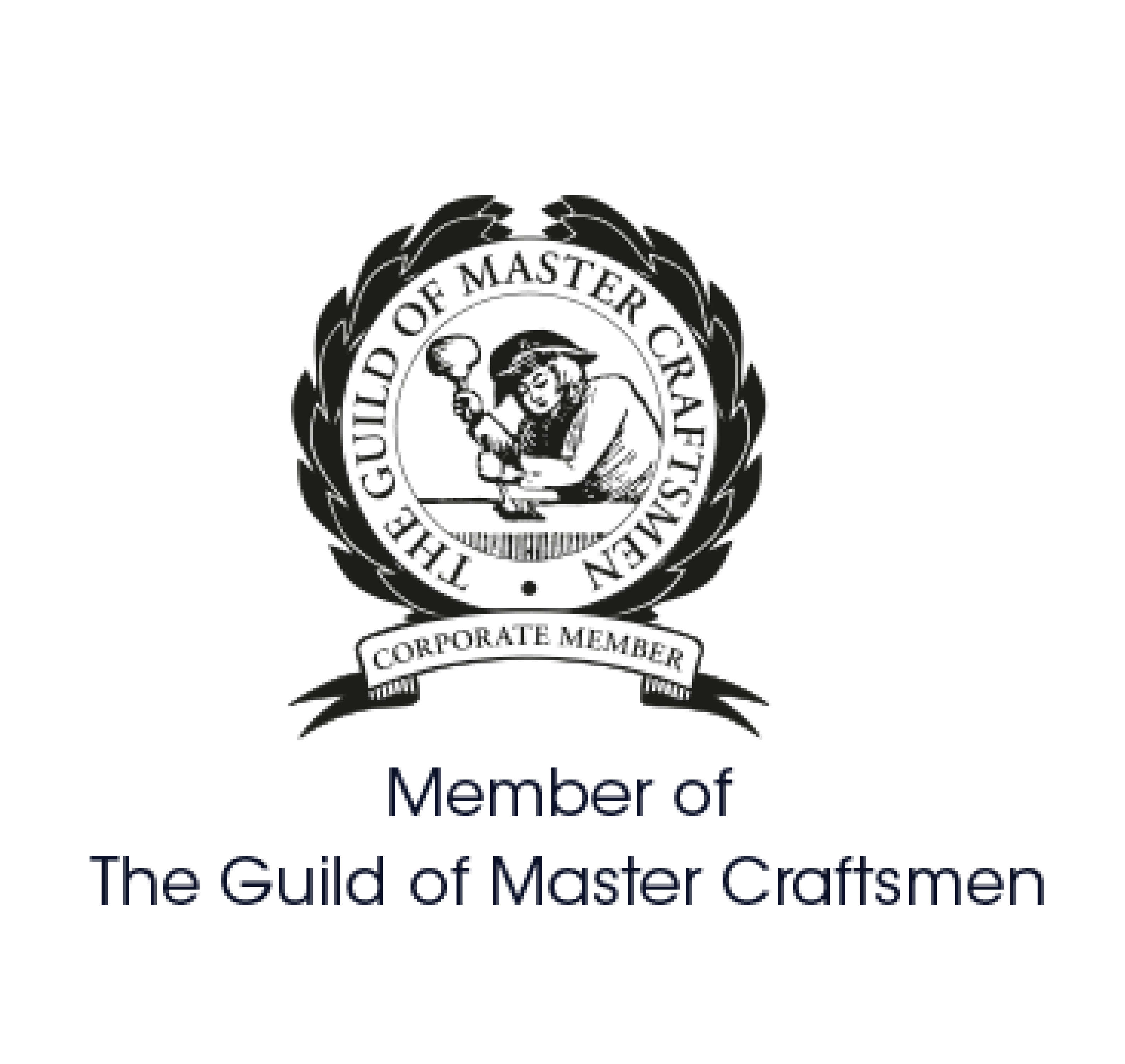For centuries, Switzerland has set the standard for excellence in watchmaking, crafting some of the finest timepieces the world has ever known. A Swiss watch is more than a way to tell time, it is a masterpiece of precision, craftsmanship, and timeless design.
Rooted in tradition and innovation, the country is home to legendary brands like Patek Philippe, OMEGA, Breitling, TAG Heuer, and many more that continue to shape the industry.

In this article, we explore what truly makes a Swiss watch tick, from its rich horological history to the remarkable engineering behind each piece, and uncover how Switzerland earned its place as the undisputed heart of the watchmaking world.
What is a Swiss Watch?
At first glance, you might assume a Swiss watch is simply a timepiece manufactured in Switzerland. However, the reality is far more nuanced. To earn the prestigious Swiss Made label, a watch must meet strict legal requirements set by the Swiss government.

The Swiss Made designation was formally introduced by the Swiss Federal Council in 1992 and further reinforced in 2007 to preserve the integrity and global reputation of Swiss watchmaking. This protection ensures that only watches meeting specific criteria can carry the label.
To be officially recognised as a Swiss watch, a timepiece must meet the following conditions:
Technical development must occur in Switzerland
The movement must be assembled and cased within the country
The final inspection must be conducted by the manufacturer in Switzerland
At least 60% of the manufacturing costs must be incurred in Switzerland
These stringent standards ensure that a Swiss Made watch is more than just a product of geography, it is a symbol of exceptional craftsmanship and enduring quality.
Why are Swiss Watches Considered the Best?
Watchmaking is a true art form - and no one masters it quite like the Swiss. For centuries, Switzerland has been at the forefront of horological innovation, renowned for producing ground-breaking timepieces defined by precision, craftsmanship, and luxury. Swiss watches are meticulously engineered using high-quality materials and intricate movements to ensure unparalleled reliability, legibility, and longevity.
The prestigious Swiss Made label, as discussed, is more than a mark of origin, it is a symbol of quality and authenticity, reflecting stringent legal standards. Here is why Swiss Made watches are considered the finest in the world:
Exceptional Materials
Swiss watches are crafted from premium materials such as platinum, gold, titanium, and feature sapphire crystal glass and even precious stones, all selected for their beauty, durability, and performance.
Iconic Movements
At the heart of every Swiss watch lies a precisely engineered movement, often composed of hundreds of components working in harmony. Patented innovations and complications elevate these timepieces into mechanical masterpieces.

Unmatched Craftsmanship & Heritage
With centuries of tradition behind them, Swiss watchmakers draw upon generations of expertise. This enduring heritage is evident in every detail, from hand-finished components to signature design elements.
Durability Across Generations
The fusion of high-quality materials and expert craftsmanship results in exceptional durability. Swiss watches are not only built to last, they are often passed down as treasured heirlooms. A particular matter that Patek Philippe prides itself on, as their impeccable timepieces are designed to be passed down the family, as you never truly own a Patek Philippe, you merely look after it for the next generation.
Symbols of Luxury & Status
The prestige of owning a Swiss watch extends beyond functionality. These timepieces are celebrated symbols of success, sophistication, and style.
The Swiss Made Standard
Legally protected and highly regulated, the Swiss Made label ensures each timepiece meets rigorous production and quality requirements, guaranteeing authenticity and excellence.
Diverse and Intricate Designs
From diving and aviation to motorsport and haute horology, Swiss brands cater to every lifestyle. Whether functional or artistic, their designs are as varied as they are captivating.

Where did the History of Watchmaking Begin?
The history of watchmaking is a long one, and one that is rooted in debate. Who made the first mechanical watch? Who made the first wearable timepiece? Questions like these litter the historical field.
The history of watchmaking, however, roughly began in the early 1500s in Germany. Whilst time had been a constant fascination of society for much longer, the Renaissance gave birth to the first-ever ‘watches’ that could be carried around and tell the time.
Beforehand, in the 14th century, clocks had existed as large pieces reserved for prestigious and communal buildings. These were large mechanical and stationary mechanisms, and by the mid-1600s these had been transformed into the first pendulum clocks recognised as antique grandfather clocks.
Yet, returning to the 1500s in Germany, clockmakers made the first miniature clock that could be considered the ancestor of today’s wristwatches. Rather than being worn on the wrist however, they were ornamented pieces of jewellery. These were additionally not small enough to be considered a pocket watch, these would be created later in 1510.
So the question lies, when did the Swiss get involved?
Where did the History of Swiss Watchmaking Begin?
Like much of history, the story of Swiss watchmaking begins with a seismic shift in society: the Reformation. Originating in Germany, the Reformation was a powerful religious movement that challenged the authority of the Pope and the Catholic Church, famously ignited when Martin Luther nailed his Ninety-Five Theses to a church door in Wittenberg.
But what does a religious revolution have to do with timekeeping?
As the Reformation swept across Europe, it unleashed waves of social and political upheaval, disrupting industries, including watchmaking, in both Germany and France. Amid the turmoil, many skilled artisans sought refuge elsewhere.

By the 1520s, Switzerland had already begun to explore horology. As conflict intensified across the continent, the country became a sanctuary for master watchmakers fleeing unrest. Many settled in Geneva, bringing with them their expertise, tools, and traditions. Over time, their collective knowledge laid the foundation for what would become the Swiss watchmaking legacy.
In essence, the Reformation didn’t just reshape religion, it helped shape an industry. By offering a haven for displaced craftsmen, Switzerland became the cradle of precision timekeeping, and the birthplace of the world’s most respected watchmaking traditions.
From Jewellery to Watchmaking
Whilst Calvinism did sweep across Switzerland, it did make the country a refuge for the French. The revolution in this case made many positive changes to Geneva, making it the perfect location for clock and watchmaking. Yet, one major turn was that Calvinism banned citizens from wearing jewellery, and as Switzerland had a booming jewellery industry, this at first was seen as a hindrance.
However, this resulted in many moving towards watchmaking, as timepieces were not considered or defined as pieces of jewellery. As a result, artisans shifted their craft into the field of horology, as this allowed them to use their skills to create beautiful and intricate watch designs as they were exempt from jewellery laws.
Switzerland's Mark on Horology

As the art of horology evolved, Swiss watchmakers, whether native to the country or hailing from neighbouring France and Germany, emerged as pioneers in the field. Their contributions helped shape modern watchmaking, introducing countless innovations that still define the industry today. Among the most iconic components enhanced by Swiss ingenuity are:
The Swiss Movement
At the heart of every Swiss timepiece lies the movement, a complex mechanism composed of hundreds of precision-engineered parts. These movements serve as the beating heart of the watch, renowned for their accuracy, craftsmanship, and durability.
Patek Philippe for example, has throughout the history of the brand, has continued to push the boundaries of watchmaking, gaining a number of patents surrounding its iconic movements. From their ultra-thin automatic calibre 240 in 1977 to their creation of the Star Cailbre 2000 featuring 21 complications, the Maison has always strived toward horological excellence.
For more information about the History of Patek Philippe, and how they made their mark on the field of horology, you can read our previous article here.
The Watch Case
A major advancement in the longevity of Swiss watches came with the introduction of sapphire crystal glass. Extremely hard and scratch-resistant, this material offers superior protection while preserving clarity and elegance making it ideal for everyday wear and luxury aesthetics alike.
The Bezel
Encircling the dial, the bezel is both a design element and a functional tool. Fixed or rotating depending on the watch’s purpose, it can serve critical roles, like measuring elapsed time for divers or tracking a second time zone with a GMT bezel. Breitling for example, added to this with the Navitimer which was developed in 1952 which created the rotating slide rule allowing commercial flight pilots to make calculations during the first transatlantic flights.
The Crown
Positioned at 3 o’clock on the case, the crown is a key interactive feature of a Swiss watch. In mechanical and automatic watches, it winds the mainspring, providing power. For diving models, a screw-down crown ensures a watertight seal, enhancing reliability under pressure.

The Hands
Swiss watchmakers refined not only the movement behind the hands but also their design and function of a Swiss watch. Traditionally showing hours, minutes, and seconds, many modern Swiss watches now include a fourth GMT hand, allowing wearers to track multiple time zones. Each brand brings its own design language to the hands, adding character and identity to every timepiece.
The Bracelet
Far more than just a strap, the bracelet plays a crucial role in both comfort and aesthetics. Swiss brands have developed proprietary materials and designs to enhance ergonomics and versatility. A prime example is TUDOR’s 2021 launch of the T-Fit “Rapid-Adjustment Clasp,” enabling 8mm of tool-free adjustment for a perfect fit at any time.
Of course, these are only a few highlights from the rich tapestry of Swiss horological innovation. With countless patents and landmark breakthroughs across generations, the legacy of Swiss watchmaking remains as dynamic and inspiring as ever—inviting enthusiasts to discover more with every tick.
How does Watchmaking Affect Switzerland Today?
Today Swiss watchmaking remains as the global powerhouse of horology. Still coining new innovations and creating true pieces of art, Switzerland is synonymous with watchmaking. Despite competition from smartwatches and other devices, a Swiss watch is seen as a symbol of fine craftsmanship and investment pieces.
Through an emphasis on tradition, hand-craftsmanship, and independence, Swiss watches hold nearly 50% of the market share.
If you are interested in investing in a Swiss timepiece, then at Michael Spiers we are home to some of the biggest brands in the space. Explore our website for some of the latest timepieces or visit one of our South West Showrooms in Truro, Plymouth, Exeter, or Taunton and one of our friendly team will help you find your dream luxury watch.












